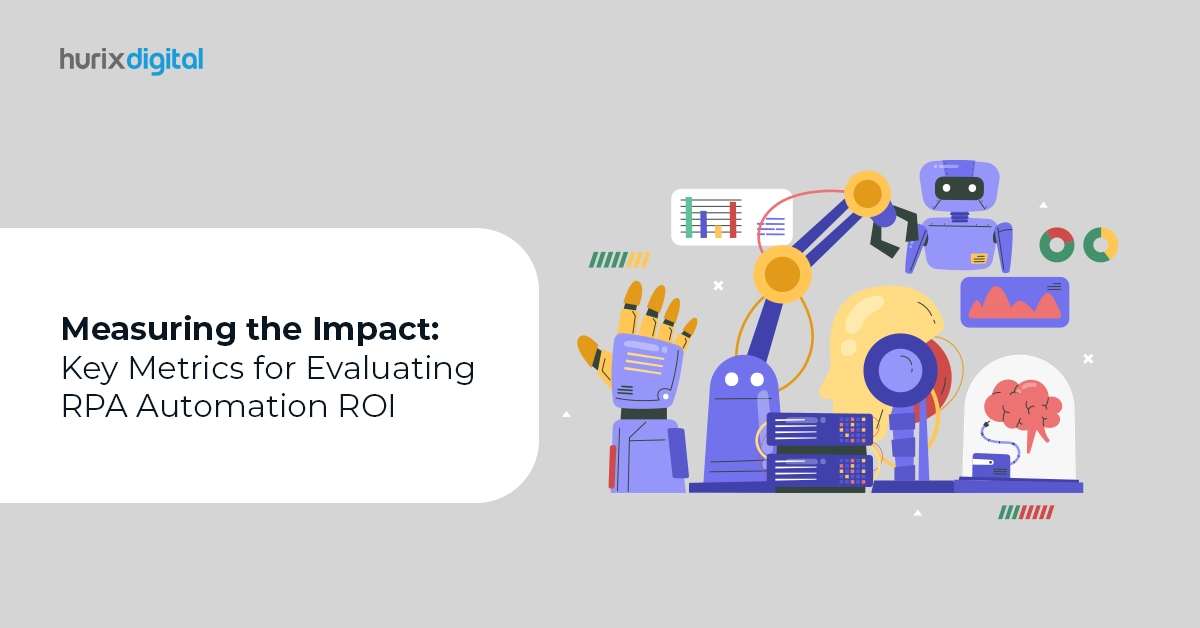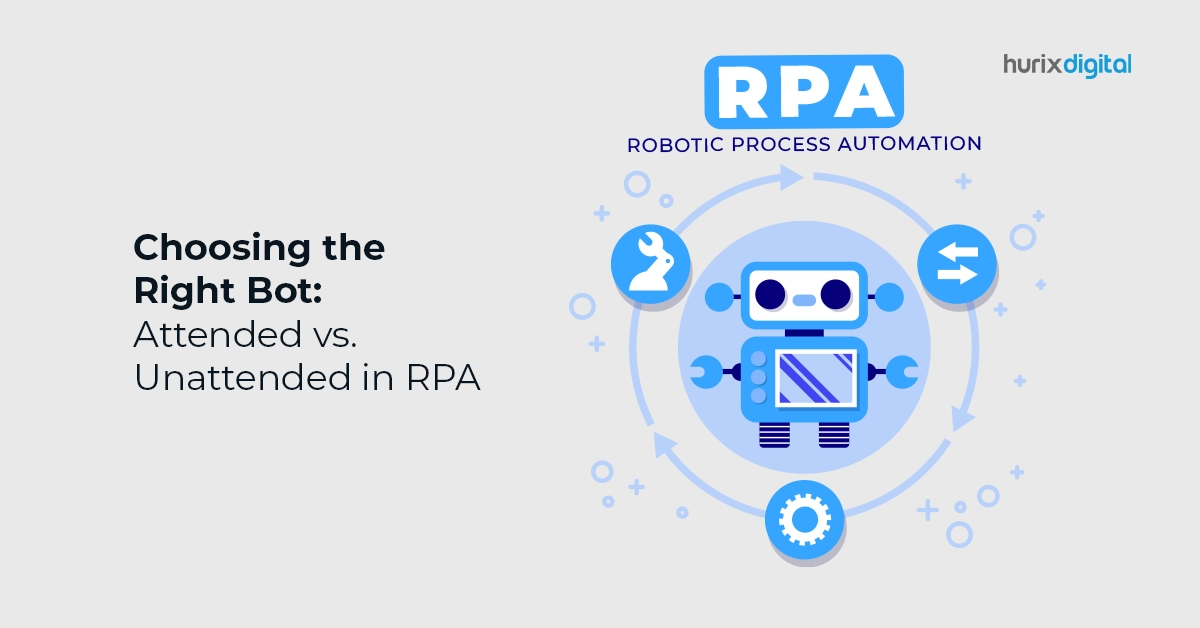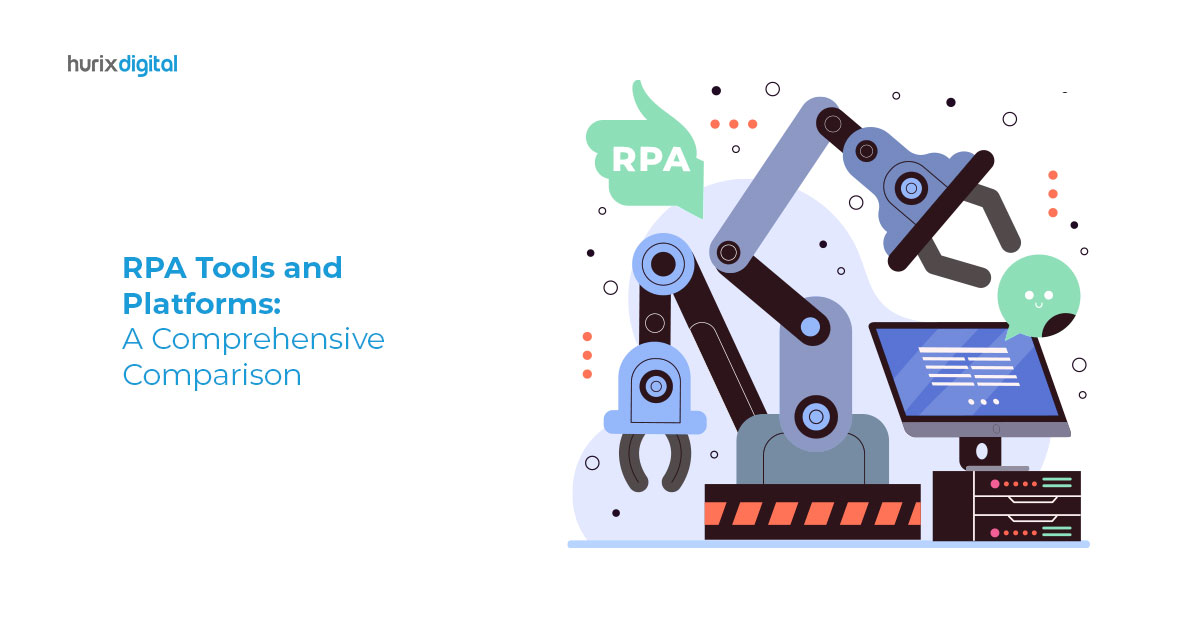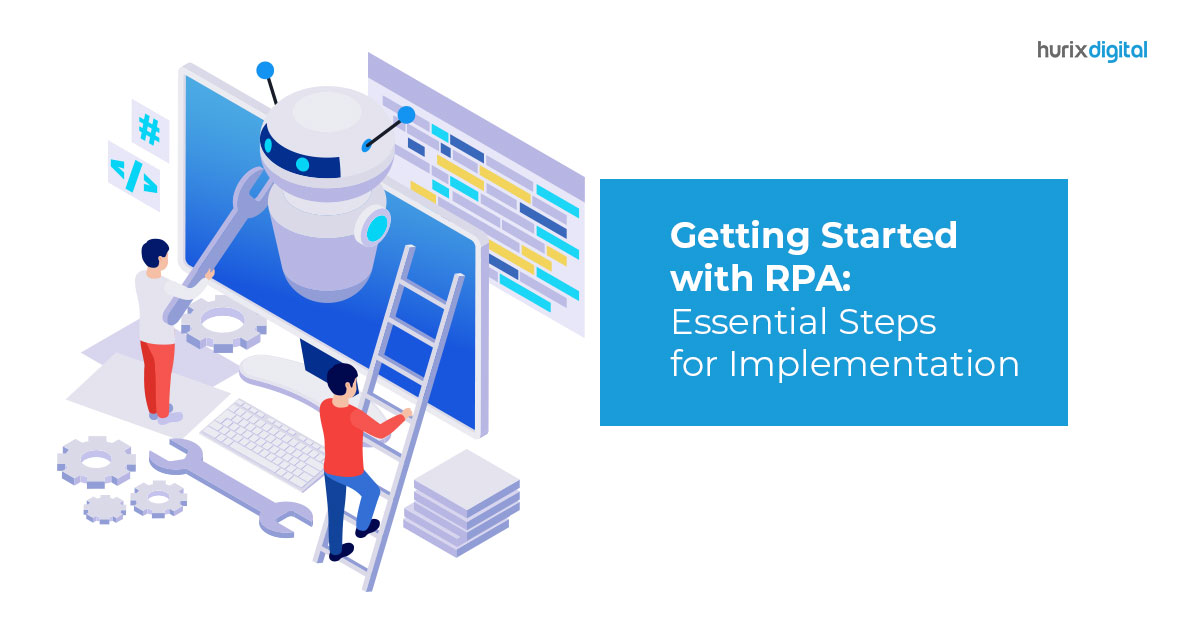
Measuring the Impact: Key Metrics for Evaluating RPA Automation ROI
Summary
Discover key metrics for assessing the ROI of robotic process automation (RPA). This article provides guidance on evaluating the effectiveness and impact of RPA implementations.
Given the rapidly evolving modern business operating environment, business organizations are constantly looking for effective ways to streamline processes, reduce costs, and increase productivity. This is where robotic process automation (RPA) comes into the picture. RPA assists organizations in automating repetitive tasks and freeing up human resources for tasks that require more attention.
Nevertheless, implementing RPA comes with its challenges, especially when it comes to measuring its impact and evaluating return on investment (ROI). In this comprehensive guide, we will give you a detailed overview of key concepts that businesses should consider when assessing the effectiveness of their RPA tools and internal processes.
Table of Contents:
- Understanding RPA and its Benefits
- Key Metrics for Evaluating RPA ROI
- Implementing a Metrics-Driven Approach
- Best Practices Maximizing RPA ROI
- Final Thoughts
Understanding RPA and its Benefits
Before we move to key metrics of RPA automation, let’s briefly understand RPA and why it’s gaining prevalence in various business domains.
RPA uses software robots or “bots” to perform repetitious, rules-based jobs traditionally completed by humans. These bots can simulate human behavior in digital systems, such as handling applications, processing data, pasting, and calculating.
The RPA benefits are varied, and it contains:
- Cost Savings: By automating manual processes, organizations can significantly reduce operating costs.
- Increased Productivity: RPA can work for extended hours without a break, resulting in more rapid completion and enhanced efficiency.
- Error Reduction: Bots closely follow specified regulations, reducing the risk of human error and improving accuracy.
- Scalability: RPA enables companies to scale operations quickly and efficiently to fulfill fluctuating demand.
Also Read: RPA and Data Security: Ensuring Compliance and Mitigating Risks
Key Metrics for Evaluating RPA ROI
Below are some key metrics for assessing RPA return on investment.
- Cost Savings: One prominent way to determine the benefits of RPA is by comparing costs. This includes comparing all the expenditures associated with implementing and maintaining RPA with savings in terms of reduced labor costs, fewer mistakes, and increased productivity. Therefore, business owners must assess both short-term and long-term cost savings to have a complete understanding of ROI.
- Time Savings: In the modern business world, time holds more value than money, and there is ample opportunity for organizations to save lots of it through RPA by automating slow processes. Measurement of time saved from automation indicates efficiency gains and allows businesses to allocate resources toward more valuable activities.
- Process Efficiency: Monitoring operational workflows can help assess how much RPA has changed them by examining process efficiency metrics such as cycle time, throughput, and resource utilization. Companies should also monitor these metrics over time to understand the difference RPA makes and where further optimization efforts are required.
- Error Rates: By offering more accuracy and consistency than manual operations, RPA leads to reduced error rates. Also, when you implement RPA automation into the system, it becomes easier to quantify data quality improvement while identifying areas that may need further adjustments.
- Compliance and Risk Mitigation: Reducing risk is paramount to ensuring compliance with standards for projects subject to compliance requirements. RPA can help streamline compliance activities and automatically reduce the possibility of errors or investigations, thereby reducing the risk of fines or penalties.
- Employee Satisfaction: While RPA can raise concerns about employee displacement, it can also increase job satisfaction by freeing employees from mundane, repetitive tasks and enabling them to focus on highly satisfying work that requires creativity and critical thinking. Once RPA is implemented, business administrators can use survey and feedback mechanisms to measure employee satisfaction levels.
- Scalability and Flexibility: As businesses grow and evolve, the scalability and flexibility of RPA solutions become increasingly important. Metrics such as bot usage rates, scalability of automation processes, and adaptability to changes in business needs can help assess the long-term viability of RPA investments.
- Customer Experience: Ultimately, the success of any project lies in its impact on the customer experience. Organizations should track metrics on customer satisfaction, response time, and service quality to demonstrate how RPA impacts customer-facing processes and interactions.
Implementing a Metrics-Driven Approach
To effectively measure the impact of RPA and evaluate the ROI, organizations must take a metrics-driven approach from the beginning. This includes:
- Defining a Clear Goal: The first and most crucial measure is to clearly define the RPA program’s goals and objectives. These can include anything from reducing costs to improving productivity, increasing compliance, or improving the customer experience.
- Choose Relevant Metrics: Choose metrics that align with goals and provide meaningful insight into the impact of RPA on business activity. Also, it is imperative to avoid focusing solely on quantitative measures and consider qualitative factors such as employee satisfaction and customer experience.
- Establish Baseline Measures: Another key measure is to establish baseline measures of each selected metric before implementing RPA to provide benchmarks for post-implementation comparisons.
- Ongoing Monitoring and Evaluation: Regularly review and analyze selected metrics to track progress, identify areas for improvement, and make informed decisions regarding resource allocation and optimization efforts.
- Iterative Refinement: RPA is not a one-time fix but a journey of continuous improvement. Use insights gained from metric analysis to refine processes and automation processes and maximize return on investment over time.
Best Practices Maximizing RPA ROI
To overcome these challenges and ensure maximum ROI from investments in Robotic Process Automation, the following best practices can be adopted:
- Start with Small Projects that Scale: Begin with pilot projects or small-scale implementations to demonstrate quick wins and build momentum. Gradually, you can expand automation efforts based on lessons learned and feedback from stakeholders and identify opportunities for improvement.
- Concentrate on Process Optimization: Before automating a process, first make sure it is well-defined, standardized, and optimized for efficiency. RPA should complement process improvements rather than serve as a band-aid for underlying inefficiencies.
- Engage Stakeholders Early and Often: Involve stakeholders from all departments in the organization in the planning of RPA implementation. Solicit feedback, address concerns, and communicate the benefits of RPA to gain buy-in.
- Invest in Training and Skill Development: Provide your employees with the knowledge and skills required to work effectively with robotic processes. Provide holistic training programs, promote information sharing, and foster an environment that encourages continuous learning and innovation.
- Adopt a Culture of Innovation: Promote experimentation, creativity, and collaboration within the firm to find new areas of application for Robotic Process Automation (RPA) and explore innovative ways.
Also Read: Next-Gen Automation: A Deep Dive into the Advancements of AI-Powered RPA
Final Thoughts
Robotic process automation is a significant security for organizations looking to boost functional efficiency, reduce expenses, and enhance productivity. Nevertheless, to realize RPA’s maximum potential, a systematic approach is to estimate its impact and assess the ROI.
By concentrating on key metrics such as cost savings, time savings, process efficiency, error rates, compliance, employee satisfaction, scalability, and customer experience, businesses can gain valuable insights into the effectiveness of their RPA systems and the resulting data-driven decisions for optimization.
Moreover, if you are searching for an online platform to perform RPA automation, Hurix Digital can be your ideal partner. With a strategic approach to metrics and a commitment to continuous improvement, Hurix Digital can help organizations harness the power of RPA to gain sustainable competitive advantage in today’s rapidly evolving business environment.
To learn more about Hurix Digital’s innovative automation solutions, contact us today!

Currently serving as the Vice President of Technology Delivery Operations at HurixDigital, a prominent global provider of digital content and technology solutions for publishers, corporations, and educational institutions. With over 16 years of experience spanning EdTech and various domains, I hold certification as a SCRUM Product Owner (CSPO). My expertise includes operations, finance, and adept people management skills.







